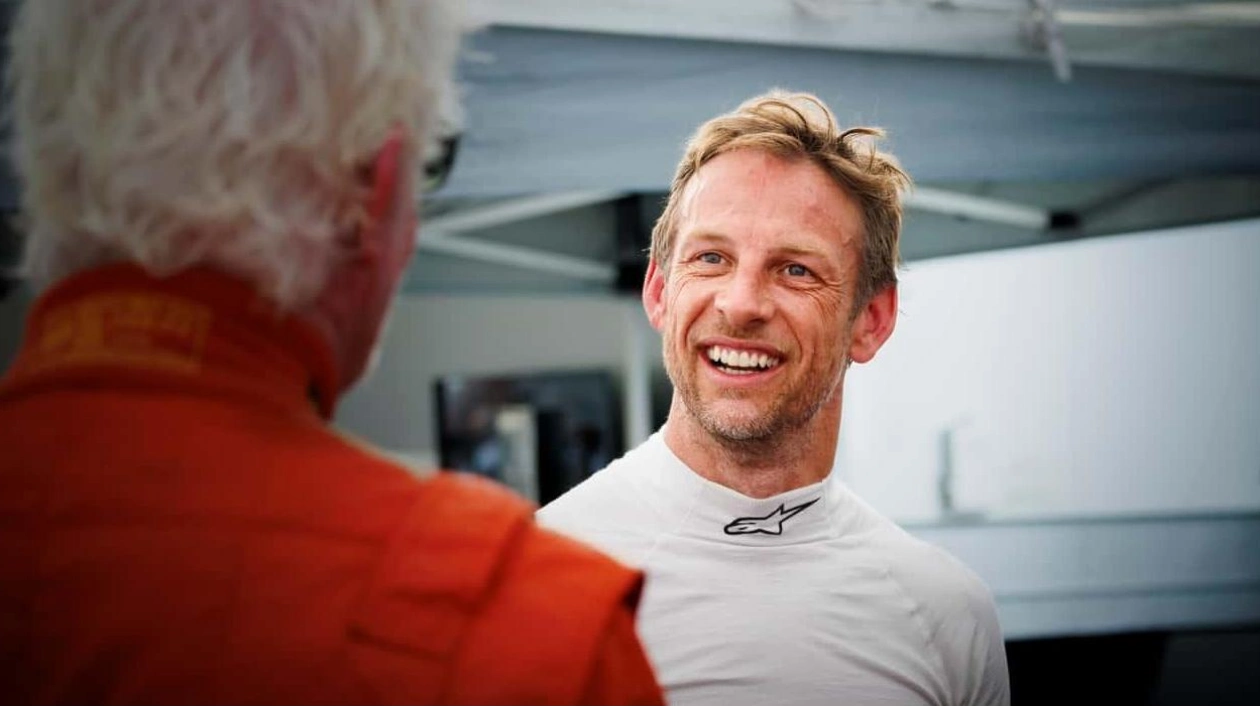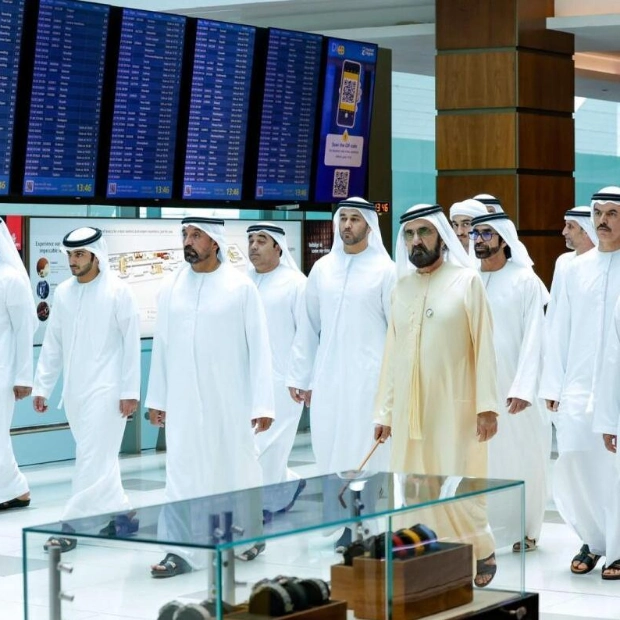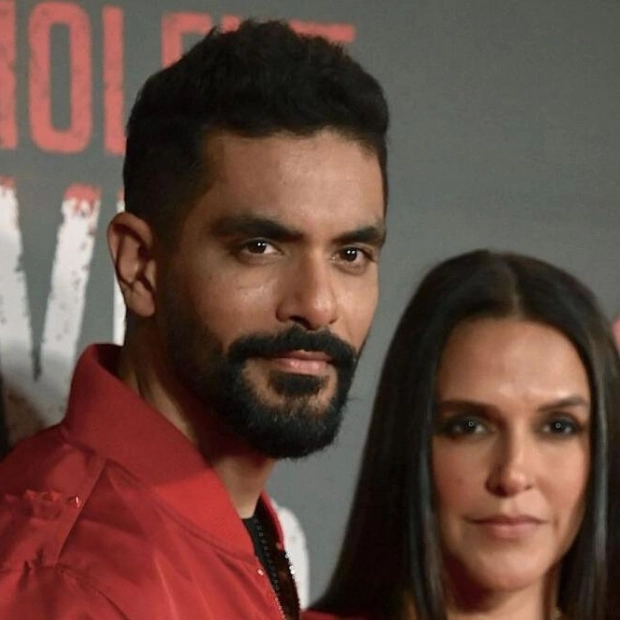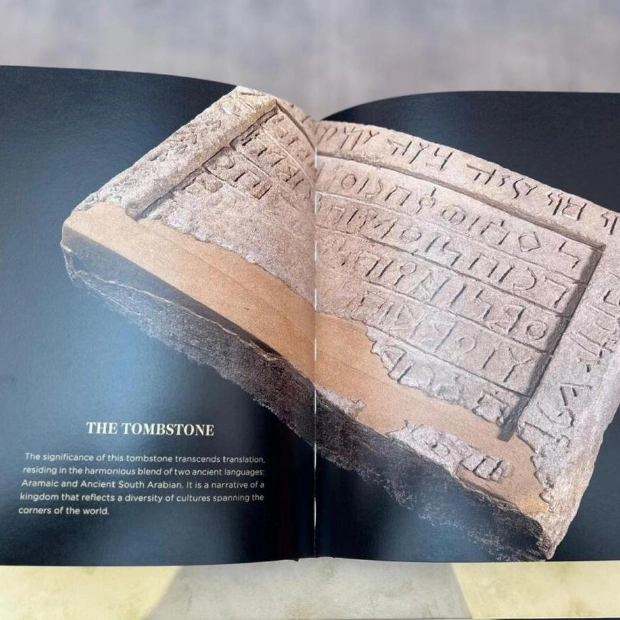In the world of racing, every fraction of a second counts. Races can span 20 minutes, 500 miles, or an entire 24 hours, yet the victor might be decided by a mere blink of an eye. As a guest of Rolex during Monterey Car Week 2024, I had the privilege of conversing with two racing icons who are no strangers to narrow wins: Jenson Button and Hurley Haywood. Both are esteemed Rolex ambassadors, honored by the Swiss watchmaker for their significant contributions to the sport. Haywood boasts five Rolex Daytona watches in his collection, each earned for winning the Rolex 24 at Daytona. Button, a former Formula 1 champion, aims to secure his first Rolex podium at the 24 Hours of Le Mans in the coming year.
Our discussions revolved around the concept of time—not just the seconds that define a lap, but the years of dedication and sacrifice, the countless hours of experience that distinguish a novice from a veteran. I posed to each driver the same question: What was the longest minute of your racing career? Their responses were deeply insightful, capturing the highs and lows of competing at the top tier of motorsports. When I asked Haywood this question during the Rolex Monterey Motorsports Reunion, his reply was immediate.
"Trying to escape a burning car was the longest minute of my life," Haywood recounted. "That was at Mosport." He was piloting a Porsche 935 owned by Preston Henn at Canadian Tire Motorsport Park in 1983, shortly after his friend and co-driver Peter Gregg's tragic suicide. Haywood explained to Motorsport Magazine, "When I fractured my leg at Mosport... the race car was the only refuge from the pain, as you were entirely focused on the task at hand... Racing serves as a powerful distraction for personal turmoil."
Haywood, a Vietnam War veteran and the most successful American endurance racer, has won the Rolex 24 at Daytona five times, the 24 Hours of Le Mans three times, and the 12 Hours of Sebring twice. Despite his numerous victories, his description of the crash and its aftermath conveys the sheer terror of the moment: "I sustained a severe leg injury," he told Motor1. "Exiting the car was a daunting task. I couldn't gain traction to get out. I glanced down and saw the sole of my foot."
Haywood's left leg was encased in a cast for two years. Unable to use the heavy clutch pedal in his Porsche, he joined Group 44 Racing, where he could drive a semi-automatic Jaguar prototype as his leg recovered. Never one to idle, Haywood soon transitioned to the Group 44 Audi Quattro, securing the 1988 Trans-Am driver's championship. Reflecting on the crash over four decades later, Haywood maintains a racer's practicality.
"The leg is still here," he said, "and I can still walk quite well."
At the Motorsports Reunion, held annually at WeatherTech Raceway Laguna Seca, I also spoke with Jenson Button. After a 17-year career in Formula 1, Button has ventured into nearly every form of racing, from Trophy Trucks to SuperGT. On a break from the FIA World Endurance Championship, where he drives the No. 38 Porsche Hypercar for Hertz Team Jota, Button was competing for the first time at Laguna Seca, driving his 1952 Jaguar C-Type, originally owned by six-time world champion Juan Manuel Fangio. We talked after he had completed some practice laps in the Jaguar, a vehicle he had never driven on the iconic California track before, but with his extensive experience, the challenging Corkscrew turn was manageable.
"It's fine," he said of Laguna's blind downhill Turn 8. "It's not Eau Rouge. It just drops down a lot."
I inquired about the longest minute of his racing career: "Brazil, 2009, last lap, when I won the world championship," Button recalled. "You hear every sound. I repeatedly asked the team if everything was okay, if I needed to shift to shorter revs, if I needed to conserve the engine. No, everything was fine. But you still worry. It's a moment that could alter your life."
Button finished the 2009 Brazilian Grand Prix in fifth place. He had won six of the first seven races that season but struggled later on. In a recent documentary about that pivotal F1 season, Button openly discussed the mental challenges and lack of self-confidence that nearly derailed him. So, on that final lap at Interlagos, with his championship secured, it's understandable that his thoughts were racing.
"It's 15 years ago, but you still remember," he told Motor1. "You relive your entire career in one minute. The incredible memories of racing go-karts with my dad by my side, and then what you sacrificed as a child, the highs and lows. Because there are so many lows in a racing career. You're not always in a car that's good enough."
Button currently competes in WEC alongside Oliver Rasmussen, 23, and Phil Hanson, 25. He quickly acknowledges that his younger teammates work hard and learn faster than he does at 44. But with age comes experience, especially when dealing with the lows of a long racing career.
"If you ever find yourself in that situation again, you can quickly pull yourself out of it," Button said. "You're immediately ready to fight back. Your mindset is in the right place. In your youth, you sometimes struggle with that, always trying to prove yourself, every second of the race. Any negativity can mentally devastate you. Racing drivers are often insecure."






